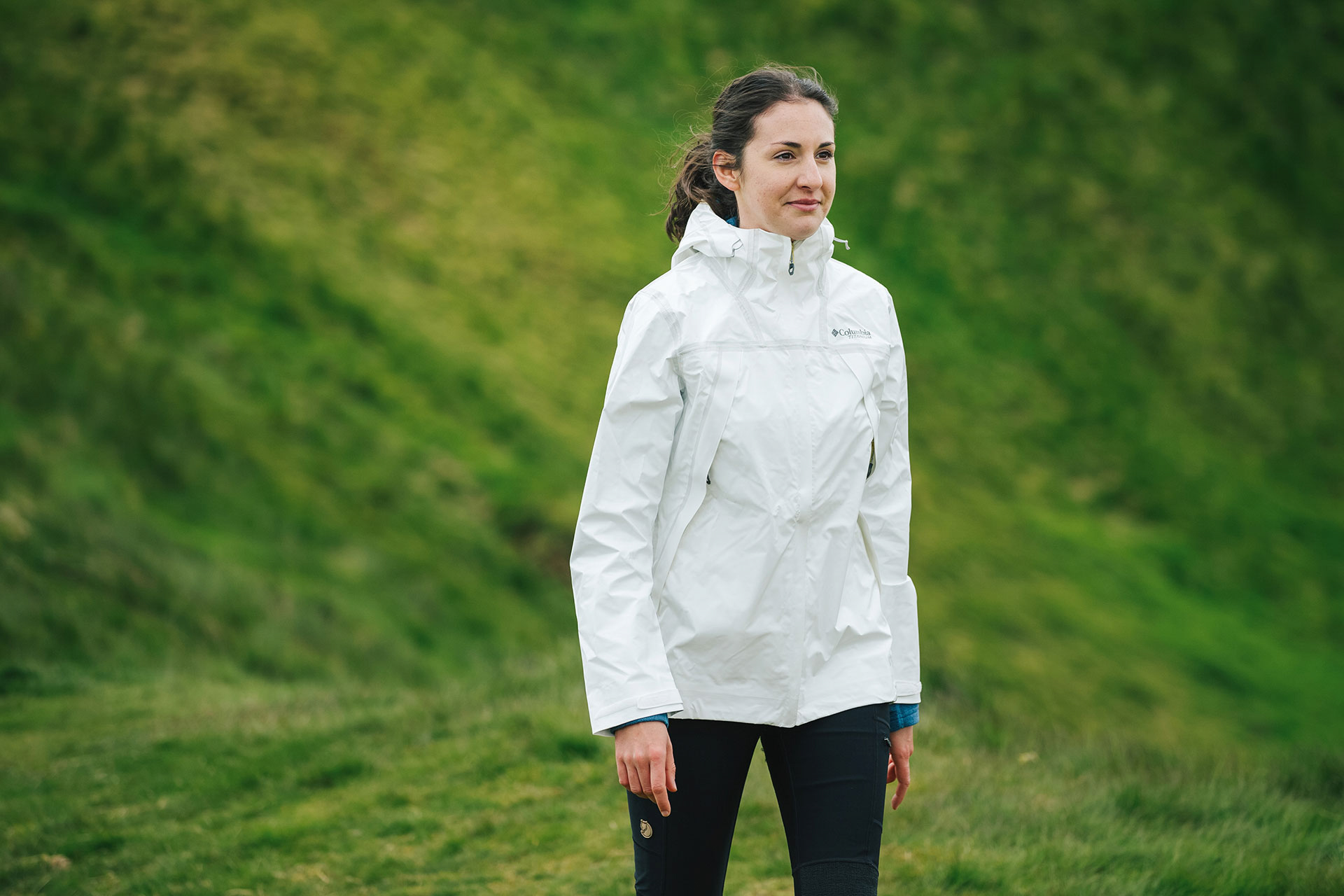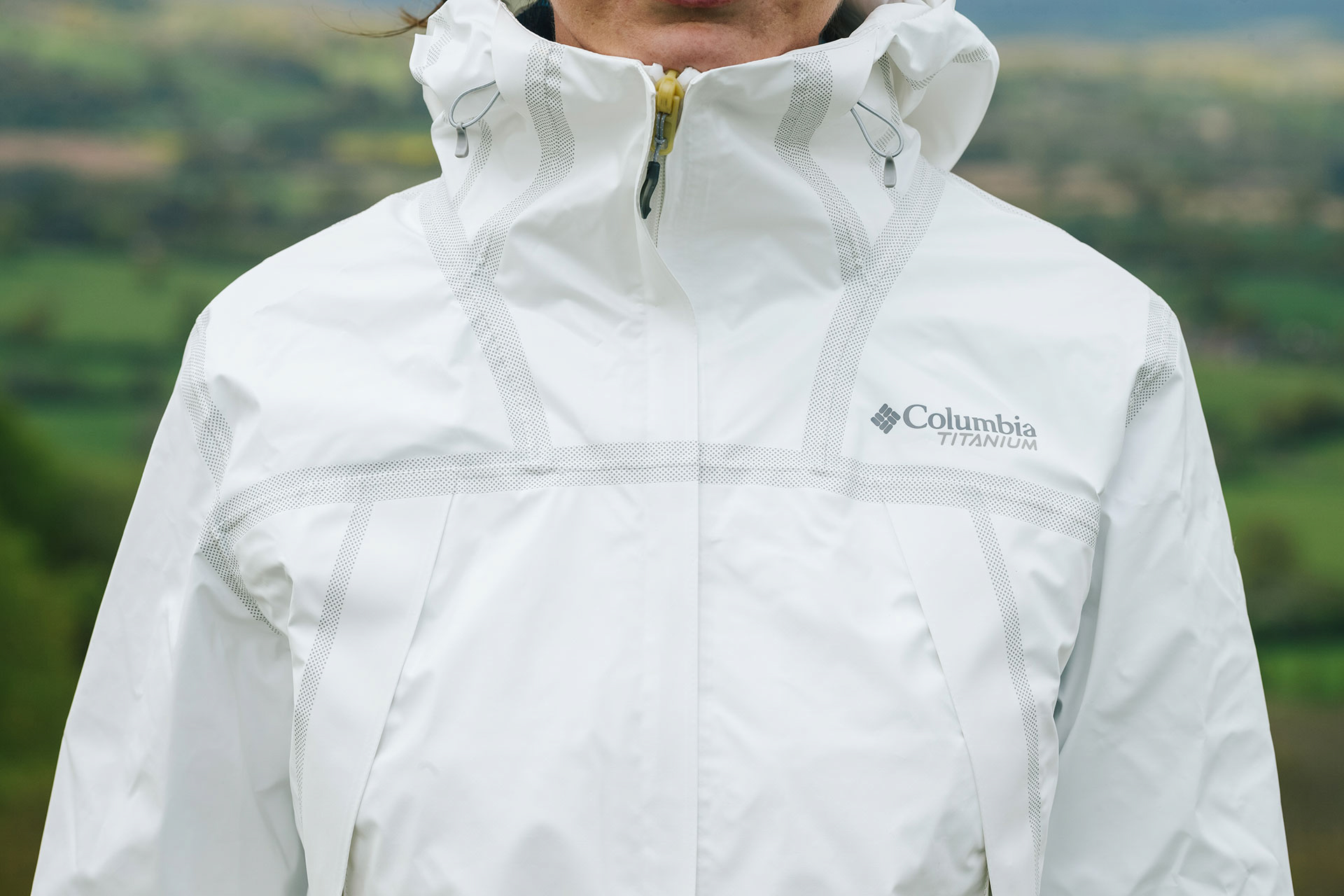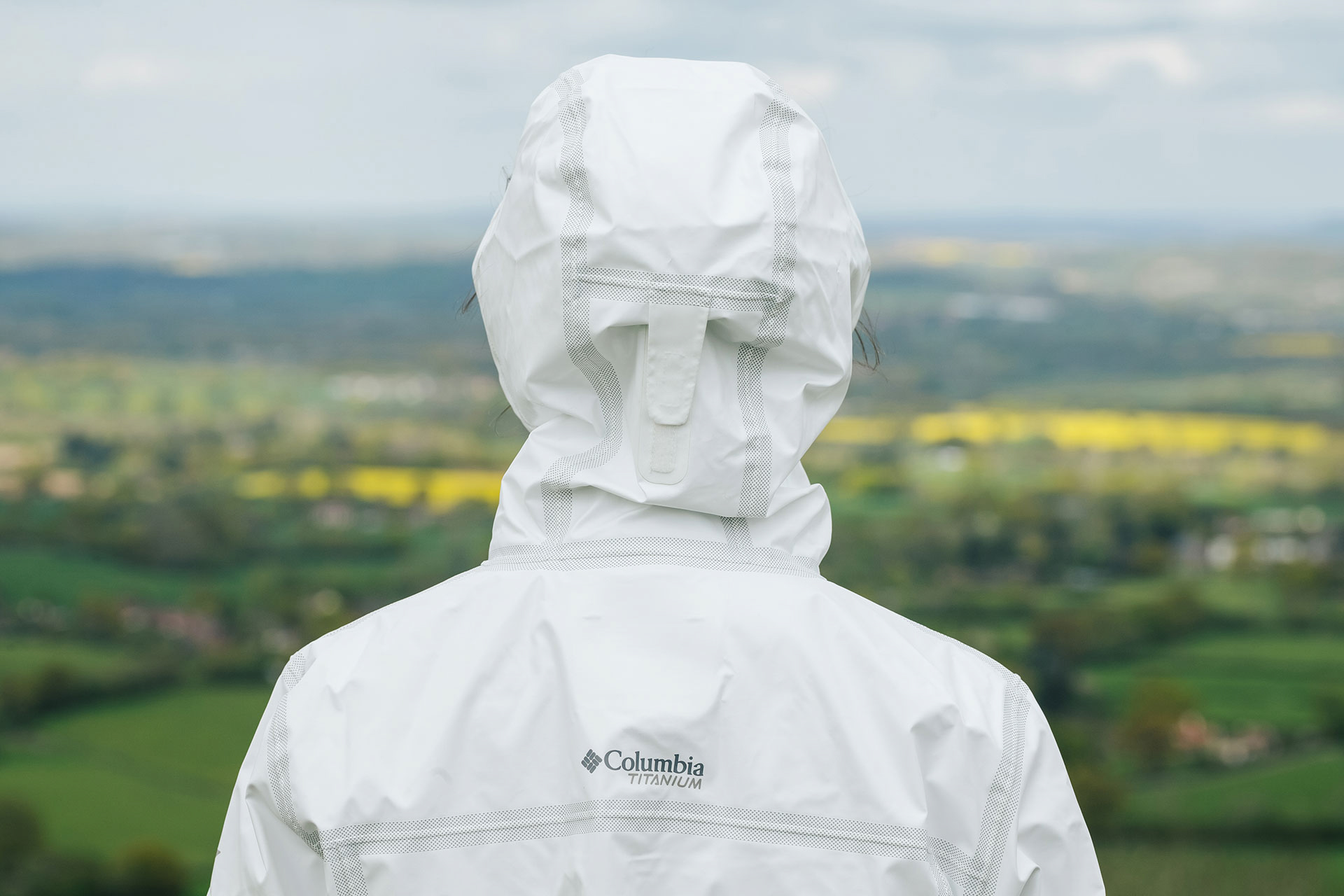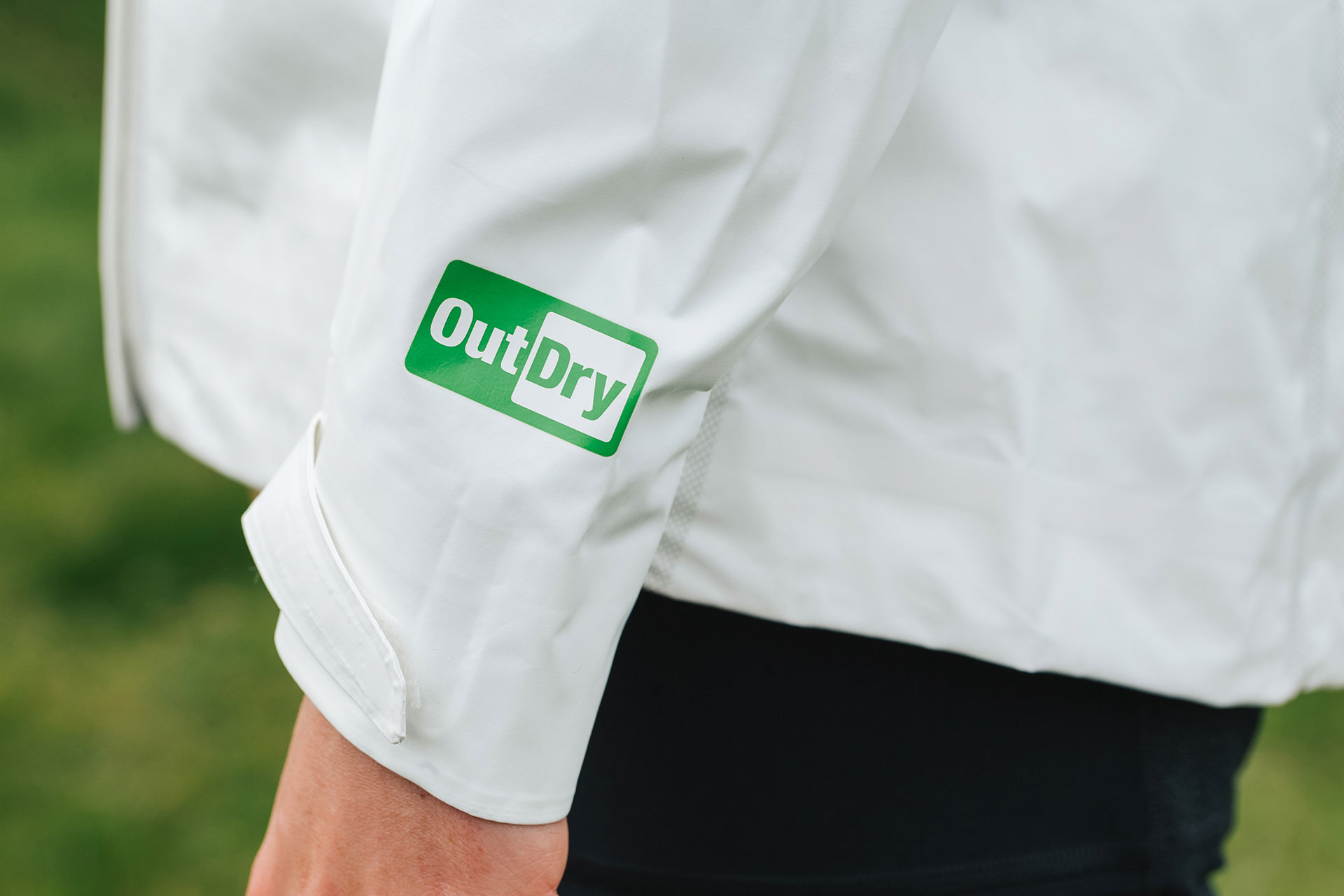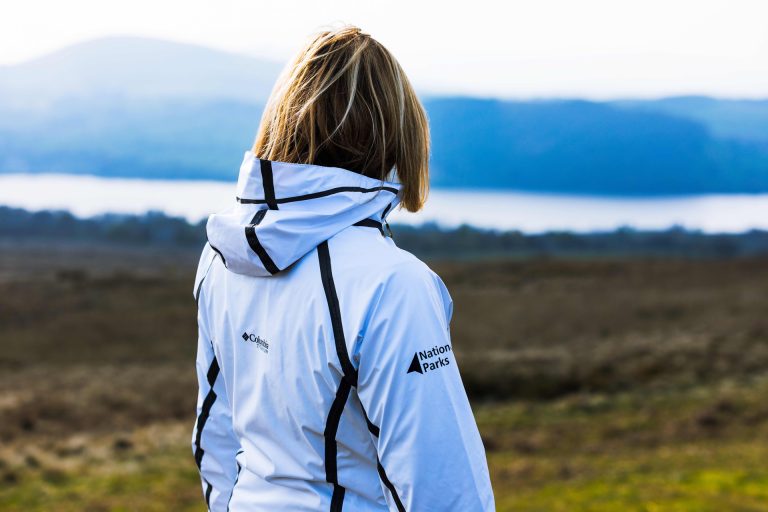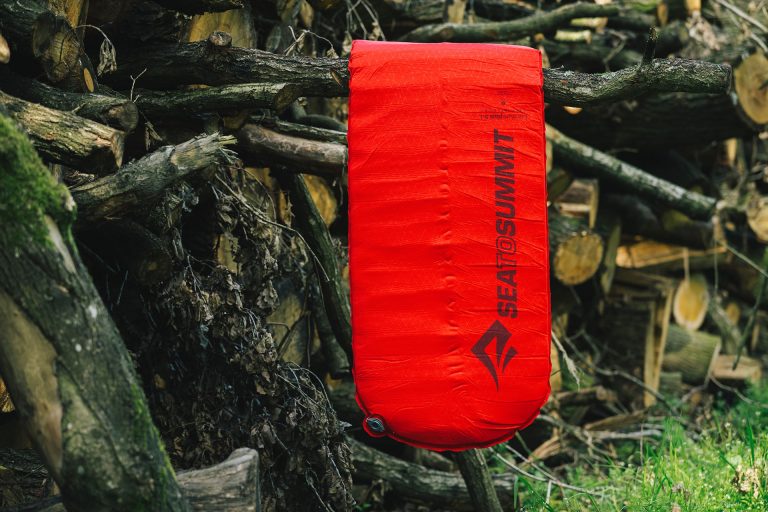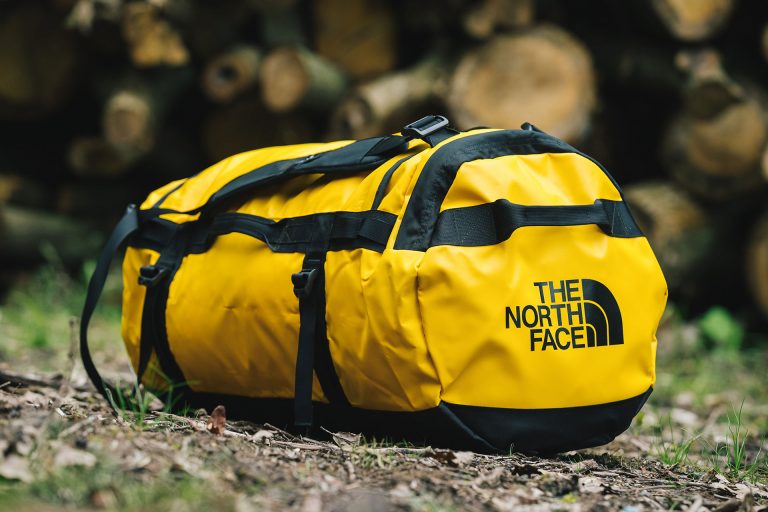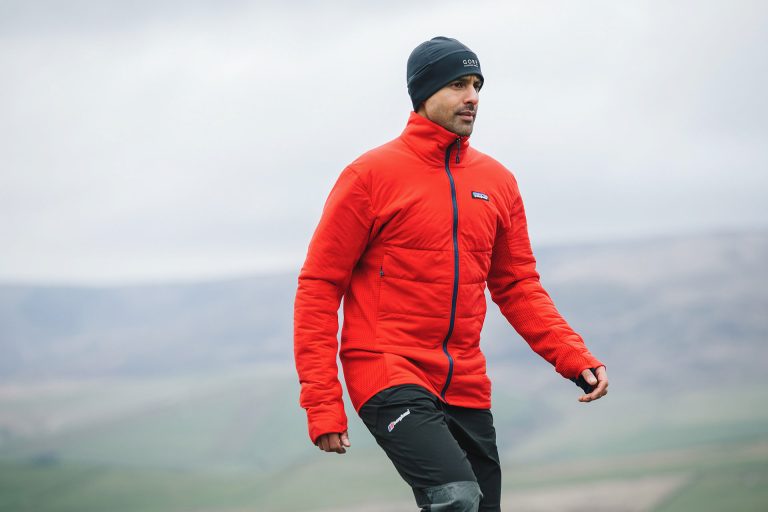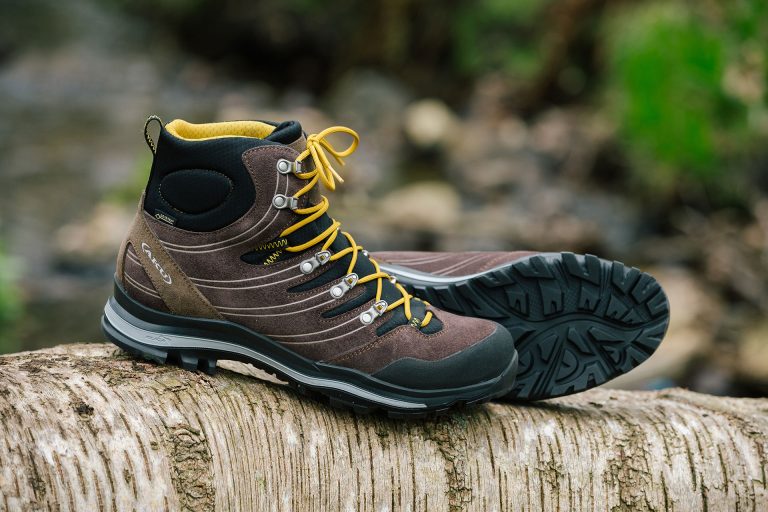You are pacing along a beautiful mountain trail lined with thick evergreen trees. There’s a cool mist hanging over the mountain tops and it looks like it’s going to rain, but you don’t mind. You are just glad to be outdoors, breathing in the fresh alpine air.
Like many of us who enjoy spending time outdoors, you don’t want to think that your waterproof jacket could be harming the environment. Most conventional waterproof jackets are covered with a durable water-repellent coating called PFC (or perfluorocarbons) to keep the rain out. Studies by the National Institute of Environmental Health Sciences have found that PFCs break down very slowly in outdoor environments, affecting both wildlife and humans.
“With OutDry Extreme Columbia have quite literally turned conventional waterproof breathable technology inside out.”
Columbia however have developed a revolutionary new fabric called OutDry Extreme Eco. It is the industry’s first high-performance waterproof breathable membrane that does not use PFCs. So how does it work? Traditional waterproof breathable shells have a thin waterproof membrane covered with a durable water-repellent (DWR) coating on the outside. It’s then lined with a fabric that sits next to the skin. This creates a triple-layered sandwich if you like. The downside is when the DWR coating wears away the waterproof membrane won’t perform its job anymore.
Columbia have quite literally turned this waterproof breathable technology inside out. They have taken the waterproof membrane, made it abrasion resistant and put it on the outside of the jacket. So it’s durable and waterproof with no chance of “wetting out” like others do when their DWR coating rubs off. Clever huh?


